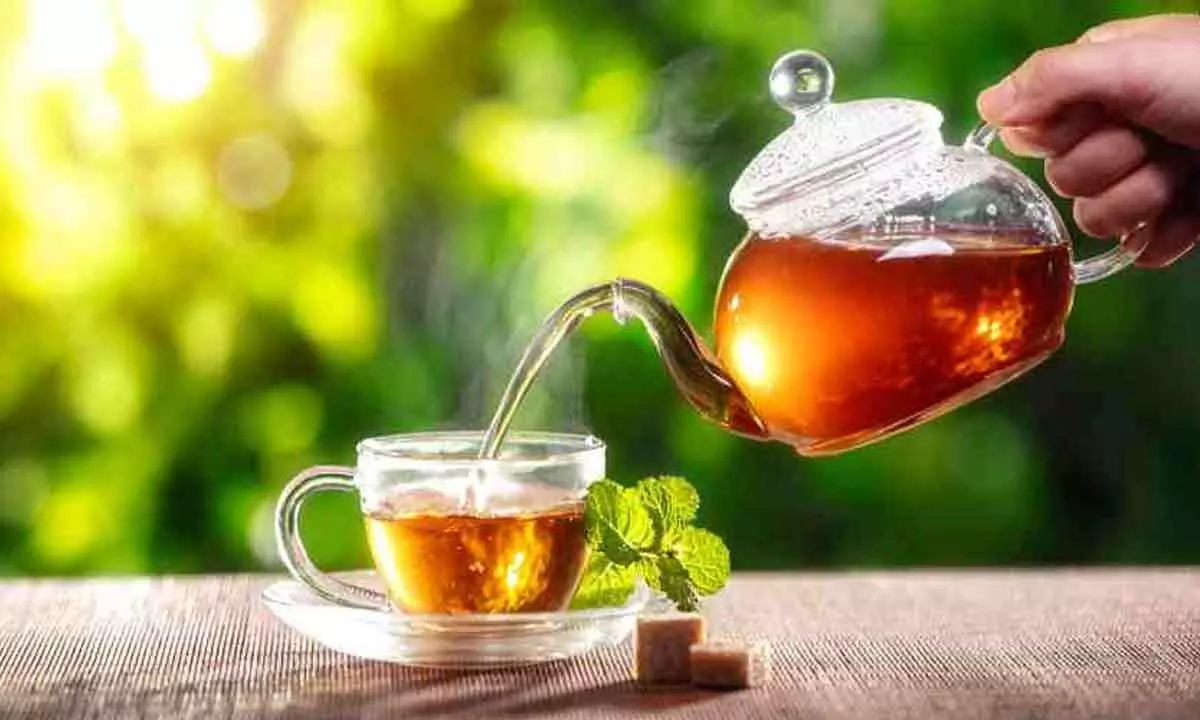A big relief for Indian, Nepali tea industry
Tea Board of India has amended its earlier notification that had completely banned the blending of Indian teas enjoying the geographical indications (GI) tags with imported ones
image for illustrative purpose

The lifting of an 11-month-old ban on blending Darjeeling tea with other teas has come as a boon both for Darjeeling tea and Nepali tea industry as well. On October 18, the Tea Board of India amended its earlier notification that had completely banned the blending of Indian teas enjoying the geographical indications (GI) tags with imported ones. The previous ban had come as a dampener for top Indian tea buyers. In fact, buyers of the Darjeeling tea had stopped buying it following the ban.
The reasons was simple, these buyers used to buy the Darjeeling tea and mix it with other varieties to sell it at a cheaper rate in the Indian market, as the pure Darjeeling tea is expensive. The ban had taken away this opportunity. So much as that more than 12 per cent of Darjeeling tea, which used to be bought by a single corporate buyer prior to the imposition of the ban on the blending, was forced to be sold at distressed price. The ban on the blending of Indian teas enjoying GI tags with imported ones had also resulted in the major buyers dealing with blend teas to start procuring tea from Sri Lanka and Nepal.
Mind you that India produces nearly 7 million kg per annum of Darjeeling tea and the export of Darjeeling tea stands at 3-4 million kg per annum. This means that this remaining volume of 3-4 million kg is to be sold in India's domestic market. However, following the ban, the demand in the domestic market had gone down significantly.
The latest notification from the Tea Board of India will therefore now give sellers the freedom to blend Darjeeling tea with any other varieties, especially Nepal tea in their packs - as long as the end product does not claim to be an exclusive item covered by the GI label. And this will certainly have an immediate positive impact that will help the Darjeeling tea industry by way of boosting demand in the domestic market.
What the Indian tea industry, in particular, or Indian tea industry, in general, wants is simple. GI must be protected and action must be taken to curb free entry of Nepal tea into India, but this should not be at the cost of penalising genuine buyers who are actually supporting Darjeeling and who are not violating GI. Indian tea producers can now mix Nepali tea with their product, but they are not permitted to use the name 'Darjeeling' on the mixture. The Geographical Indication label is a symbol given to items associated with a specific place or origin, and it cannot be put on tea not cultivated in their gardens or manufactured by the standards outlined in the code of practice.
It is pertinent to mention here that Nepali tea resembles Darjeeling tea because of similarities in terrain, and had been making steady inroads as they were cheaper than the Darjeeling product. Nepal produces around 7,168 tonnes of orthodox tea annually in the hills. It also produces 15,654 tonnes of CTC tea, known for its strong and bright appearance, in the lowlands of the Tarai. Nepal grows two types of tea: Camellia assamica or CTC tea which grows at lower altitudes and in the hot and humid plains of Nepal, primarily in Jhapa district. This tea accounts for almost 95 per cent of domestic consumption owing to its lower cost of production.

